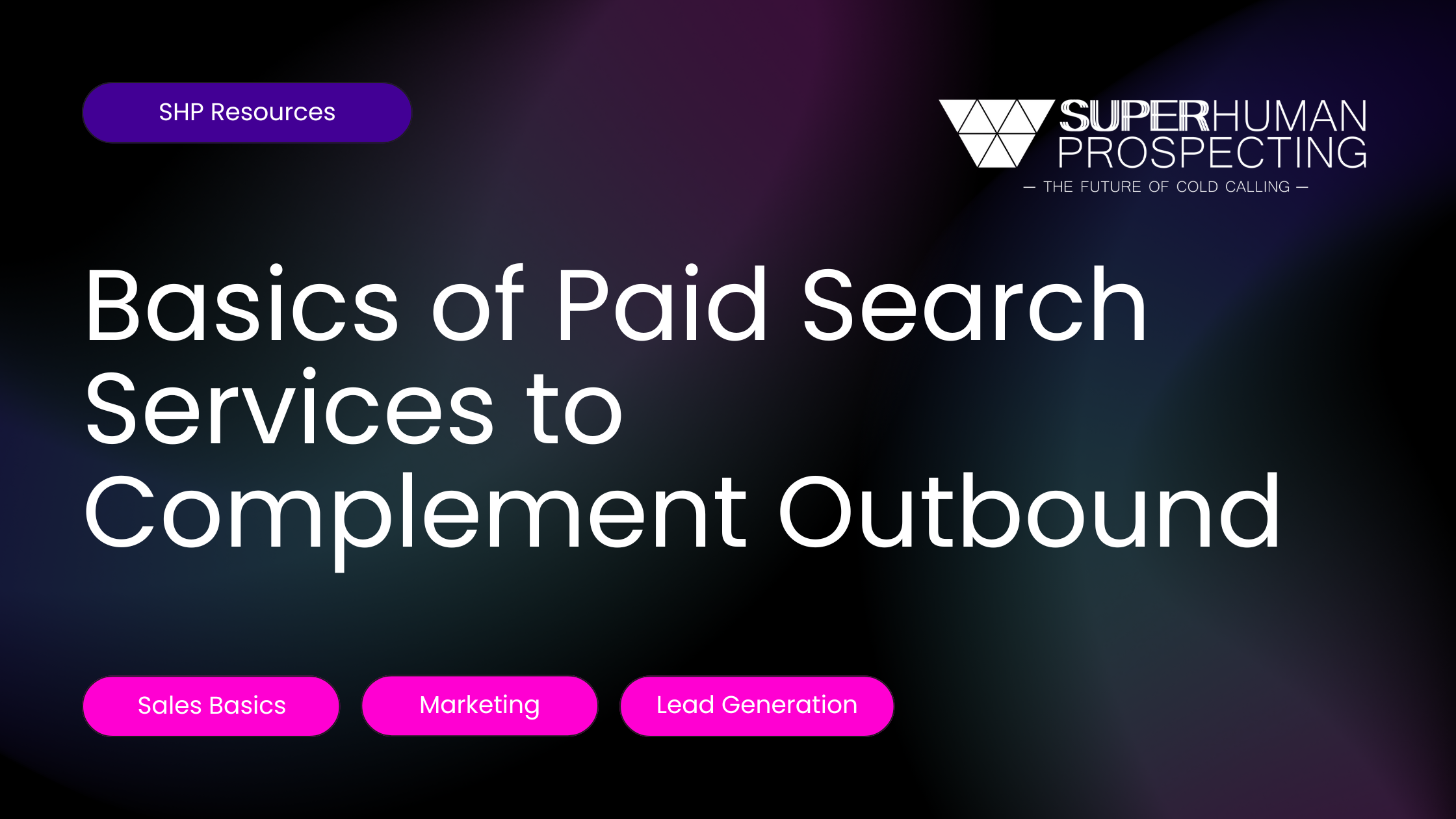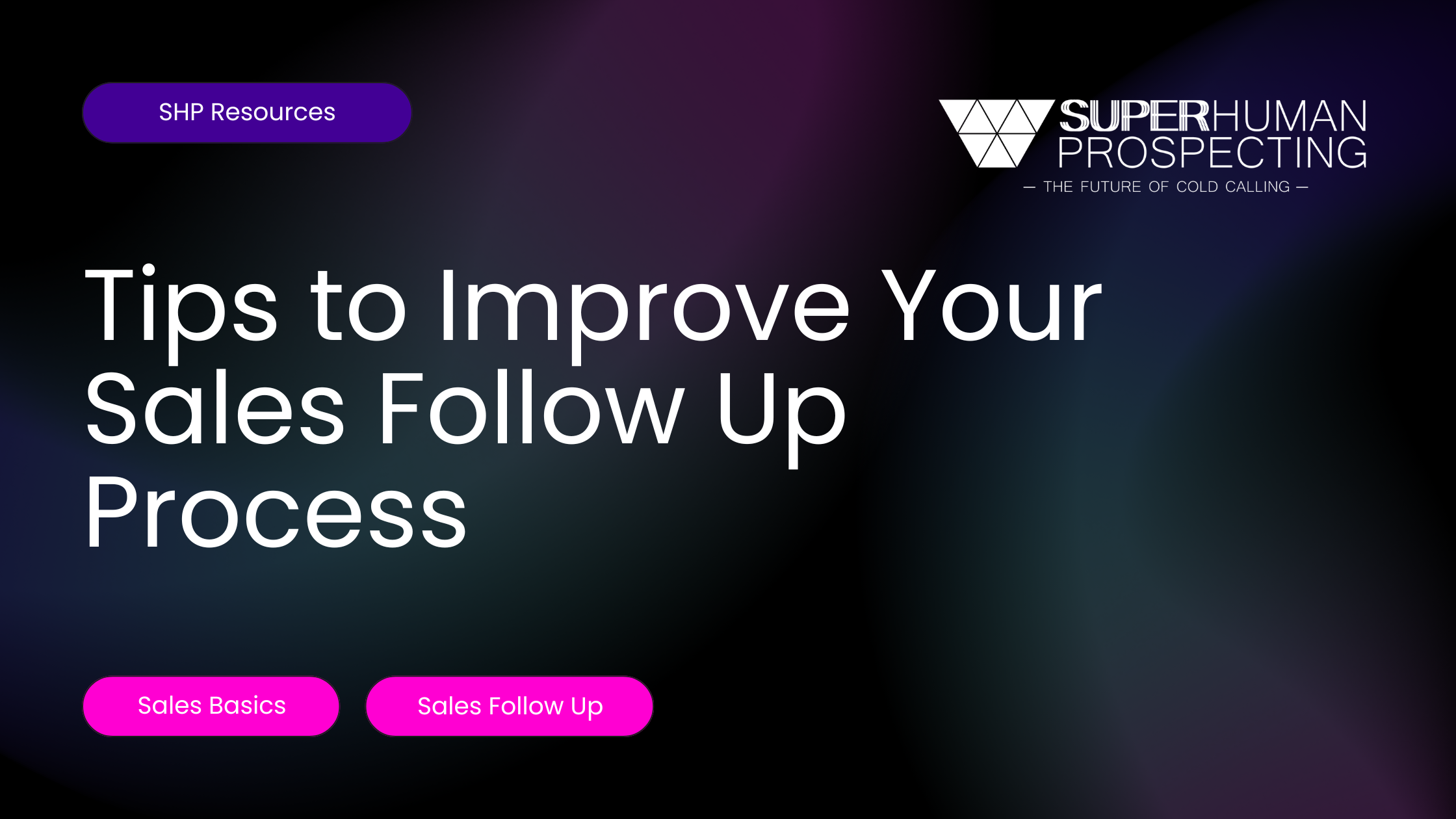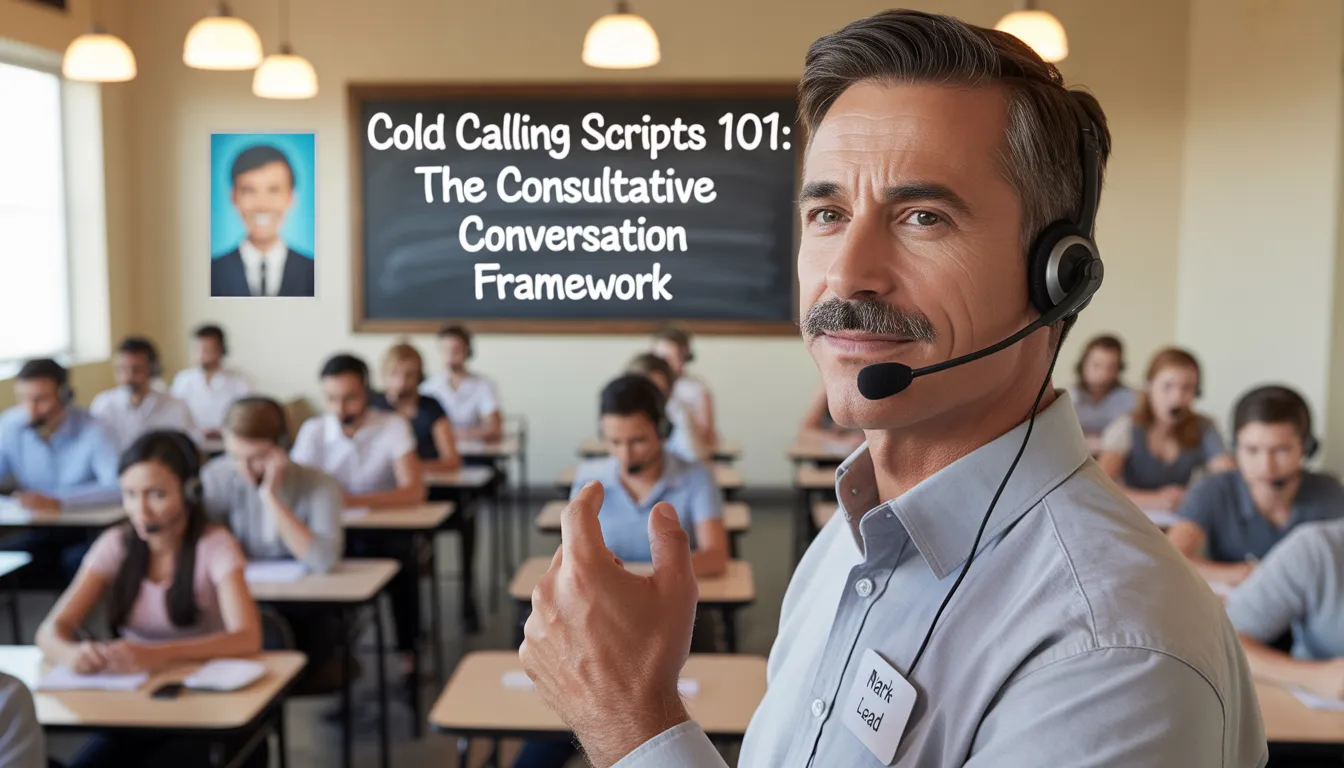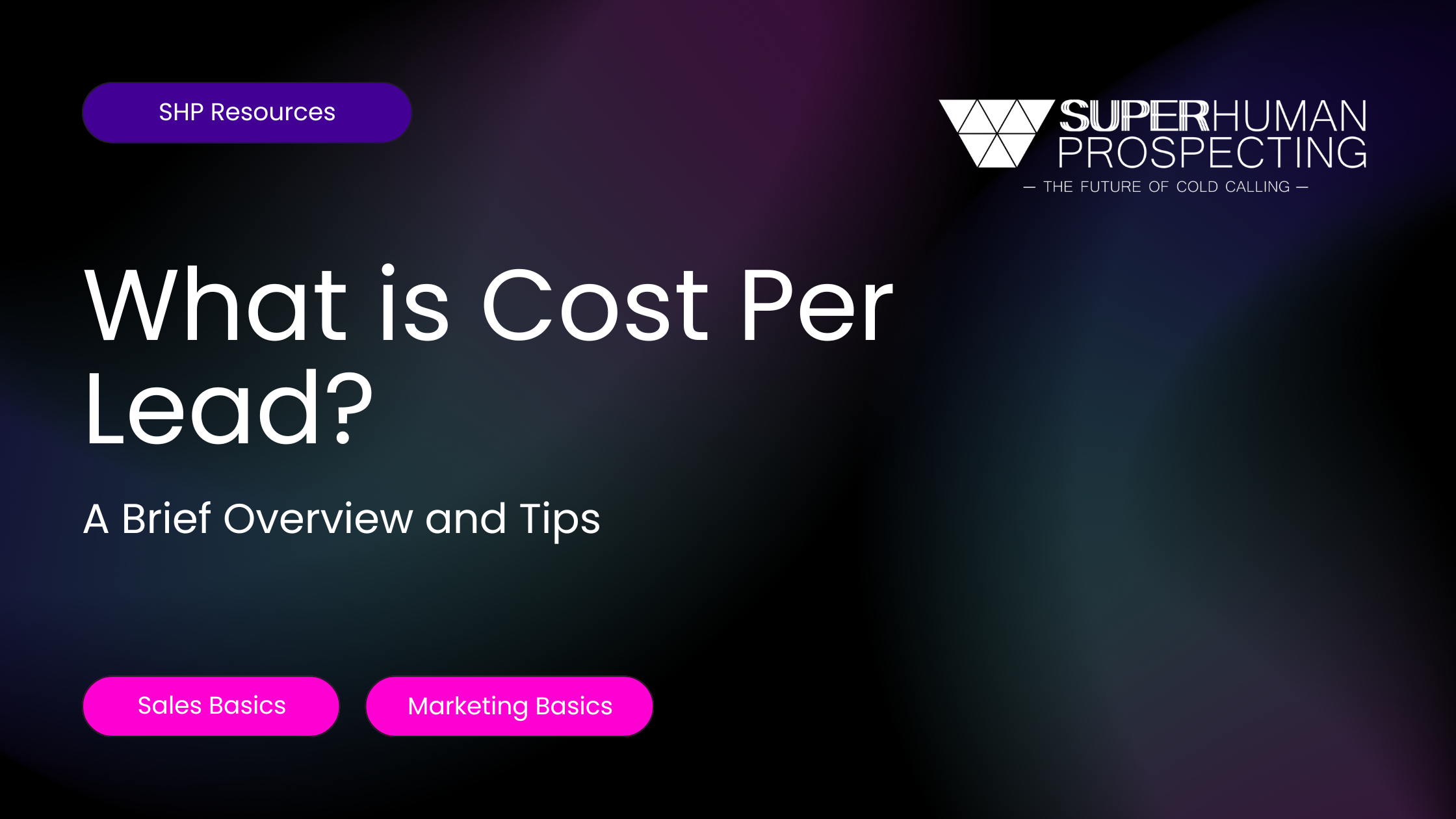Let’s face it: in today’s competitive online world, standing out can feel like trying to shout over a crowd. If your audience can’t find you, they’re finding someone else. Outbound prospecting strategies, like cold calling, are great to create awareness and generate leads but it may not always be enough. Additionally, outbound sales can be difficult to scale at the pace a growing company would like. That’s where paid search services come in to save the day. Think of it as the fast pass for digital marketing — you’re skipping the long waiting game of organic growth and getting right in front of the people searching for what you offer. Now, let’s break it all down and talk about how paid search works, why you need it, and how it can complement your outbound marketing efforts.
What Exactly Are Paid Search Services?
At their core, paid search services (also called search engine marketing or SEM) are like renting prime real estate on Google, Bing, or other search platforms. Businesses bid on keywords (a.k.a. the phrases their customers search for) to get their ads plastered at the top of search results. The best part? You only pay when someone clicks on those ads. It’s a pay-per-click (PPC) model, so every dollar counts towards actual action.
It’s instant exposure. Unlike SEO (which takes months to see results), paid search means your business can jump to the top right now — right when your audience is actively searching for your stuff.
Why Paid Search Rocks:
If you’re still not sure whether paid search is worth it, let’s spell out the benefits:
- Instant Gratification. You don’t have to build up traffic over time like you do with organic campaigns. Results are immediate.
- Targeted Reach. Your ads show up only when someone is searching for what you have to offer. Precise, right?
- More Conversions. People who click on these ads are often closer to buying — studies show PPC visitors are 50% more likely to purchase compared to organic traffic.
- Customizable Ads. Text, images, videos — you can experiment with different ad styles based on what your audience connects with.
Paid search is all about meeting people at the exact moment they need you.
Types of Paid Search Ads
Not all ads are the same. Here’s a quick rundown of the types of paid ads you can use, depending on your marketing goal or your audience:
1. Text Ads:
These are the OG of paid search and what pops up right at the top of search engine results. Straightforward, basic, and effective for driving traffic to your landing page.
2. Shopping Ads:
If you’re running an e-commerce business, Google Shopping ads are your BFF. These feature images, prices, and product info right there in the search results. People can compare options at a glance, without even needing to click.
3. Display Ads:
These aren’t on search engines but appear across websites in the Google Display Network. They target users based on interests or past online behavior. Think of these as digital billboards that track your customers.
4. Video Ads:
Want to really grab attention? Run engaging video ads on YouTube or other video platforms. (A little storytelling goes a long way!)
The Blueprint for Running Winning Paid Search Campaigns
Now that you know the basics, it’s time to talk about what makes a paid search campaign actually work. Spoiler: it’s not just throwing a bunch of keywords into Google Ads and hoping for the best.
Here are the building blocks:
1. Master Your Keyword Strategy
Keywords are your bread and butter. These are the search terms that connect users to your ads. Start with good keyword research tools like Google Keyword Planner to understand what your audience is searching for. Long-tail keywords (those multi-word phrases) may have lower search volume, but they often deliver higher-quality clicks.
Pro tip: Don’t forget negative keywords (those you don’t want to show up for). They’ll save you money.
2. Write Copy That Clicks
Your ad text needs to be A+ because it’s what grabs attention and drives clicks. Be clear, concise, and make sure to include a call-to-action (e.g., “Shop Now” or “Try for Free”). Use numbers or offers (“50% Off!”) wherever you can because people love specifics.
3. Optimize Those Landing Pages
If someone clicks your ad but lands on a clunky webpage… yikes. You’re wasting money. A good landing page should:
- Load fast
- Be mobile-friendly
- Match the tone and visuals of your ad
- Include a clear call-to-action
Think seamless experiences from click to conversion.
4. Test, Test, Test
You’re not going to get it 100% right the first time. Test different keywords, ad copy, and visuals to see what works BETTER. Keep testing and keep tweaking.
Tips for Staying Ahead
Still nervous about jumping into paid search? Keep these strategies in mind:
- Set Goals First: Know what success looks like for your business (e.g., more leads, direct sales, growing traffic).
- Budget Smart: PPC costs vary by industry (some competitive industries have sky-high costs-per-click). Spend wisely.
- Don’t Forget Analytics: Use tools like Google Analytics to monitor your campaigns. Track clicks, conversions, and ROI to know what’s working and what needs work.
Overcoming Common Challenges
Paid search isn’t without its struggles. Here are some common pitfalls and how to sidestep them:
- Click Fraud: Fake bot clicks or malicious competitors clicking your ads can drain your budget. Avoid this by enabling IP exclusions and using fraud detection tools.
- Ad Fatigue: If people keep seeing the same ad, they’ll tune out. Rotate campaigns and refresh visuals often.
- Keyword Competition: Some industries (like finance) are hyper-competitive. Focus on niche, less competitive keywords and experiment with long-tail phrases to save costs.
Choosing the Best Paid Search Platform
When it comes to PPC platforms, you’ve got options:
- Google Ads: The big one. It has the largest market share and reach, offering everything from search ads to YouTube placements.
- Bing Ads (Microsoft Ads): Less competitive but still valuable, especially for older demographics.
- Social Media: Platforms like Facebook, Instagram, Twitter, and LinkedIn give insane levels of targeting based on user behavior and interests.
Google dominates the game, but it’s worth diversifying depending on your target audience.
Here’s the Future: Where Paid Search is Heading
The digital ad world is changing fast. Staying ahead of trends can make or break your strategy. Here’s what to watch:
- Automation & AI: Automated bidding tools like Google’s Smart Bidding will keep getting better. AI will also personalize campaigns like never before.
- Voice Search: With the rise of smart devices (hello, Alexa!), advertisers will need to optimize for conversational keywords.
- Privacy Rules: Stricter privacy regs like GDPR mean businesses need to be transparent and use first-party data responsibly.
Ready to Take Control of Your Campaigns?
Paid search advertising is one of the fastest ways to grab attention and drive results — as long as you plan smart and stay flexible. It’s your chance to meet your audience exactly where they are at the right time. Whether you’re a small business or a global brand, don’t sleep on the power of PPC.
That’s it! No stuffy corporate jargon — just practical info to help you boost your business using paid search. And if paid search is not the right strategy for your company, reach out to our team and learn more about our lead generation services!







